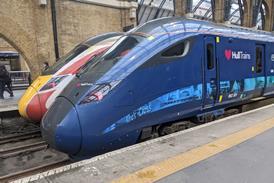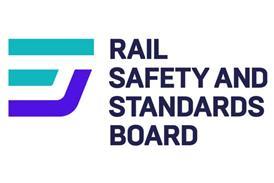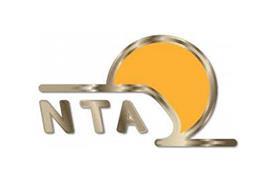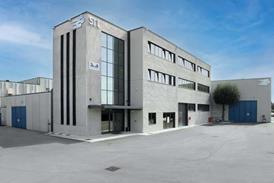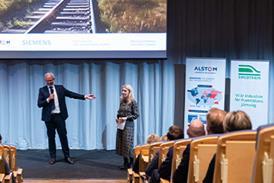
GERMANY: The Association of German Transport Undertakings has put forward proposals to accelerate the rate of electrification, emphasising that more of the national rail network needs to be electrified to encourage modal shift and meet the federal government’s climate protection objectives.
In a position paper aimed at political decision-makers at both federal and state levels, VDV argues that conventional overhead line electrification remains the best way to improve the transport of large numbers of people and goods by rail ‘as reliably and quickly as possible’.
It cites a range of advantages for fixed electrification over alternative traction options. These include ‘significantly higher top speeds’, thanks to higher installed power ratings; the ability to power multiple wheelsets, offering improved acceleration which is particularly beneficial for S-Bahn services; and the use of regenerative braking with energy recovery. Fixed electrification also enables the haulage of heavier freight trains with fewer locomotives and at higher speeds, it emphasises.
By contrast, vehicles with batteries or fuel cells for use on non-electrified routes ‘are heavier and more technically complex than those that are efficiently powered directly from the overhead line’. This means that the overall efficiency and total energy requirement ‘is usually significantly cheaper’ with conventional catenary. In addition, having a uniformly electrified rail network means that ‘higher synergies can be leveraged’.
Simplified planning to electrify faster
Noting that the government’s coalition agreement contains ‘far-reaching goals’ for simplifying the approval of construction projects, VDV suggests that this could help to accelerate the rate of electrification. In particular, it believes that the requirement for a preliminary environmental compatibility assessment could be abolished.
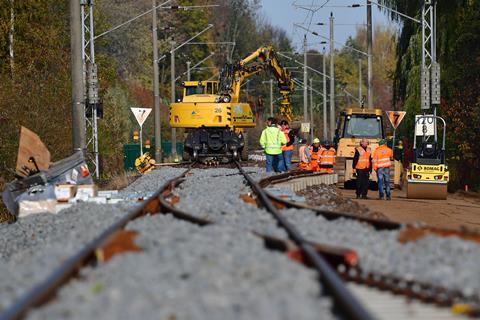
Recommending the deployment of modular overhead line equipment, VDV says this needs to be ‘better adapted’ to the operational requirements of individual routes. The association is currently developing proposals for ‘economical’ OLE for regional lines with maximum speeds of up to 120 km/h, arguing that ‘branch lines with a line speed of 80 km/h do not necessarily have to be electrified with contact lines that are also suitable for 200 km/h’.
‘In order to get significantly more traffic onto the rails much faster — so that we can achieve the climate protection goals in the transport sector — we must continue to electrify the German rail network’, explained VDV President Ingo Wortmann when the paper was published on March 4.
‘Overhead line is still the most efficient and cost-effective form of electrification. In practice, however, the construction of overhead lines fails due to lengthy and complicated planning and approval processes. We have therefore drawn up concrete proposals for simplified and therefore faster electrification. This means that the industry’s goal of increasing the degree of electrification in the German rail network from the current 60% to at least 75% can be achieved in the coming years.’

